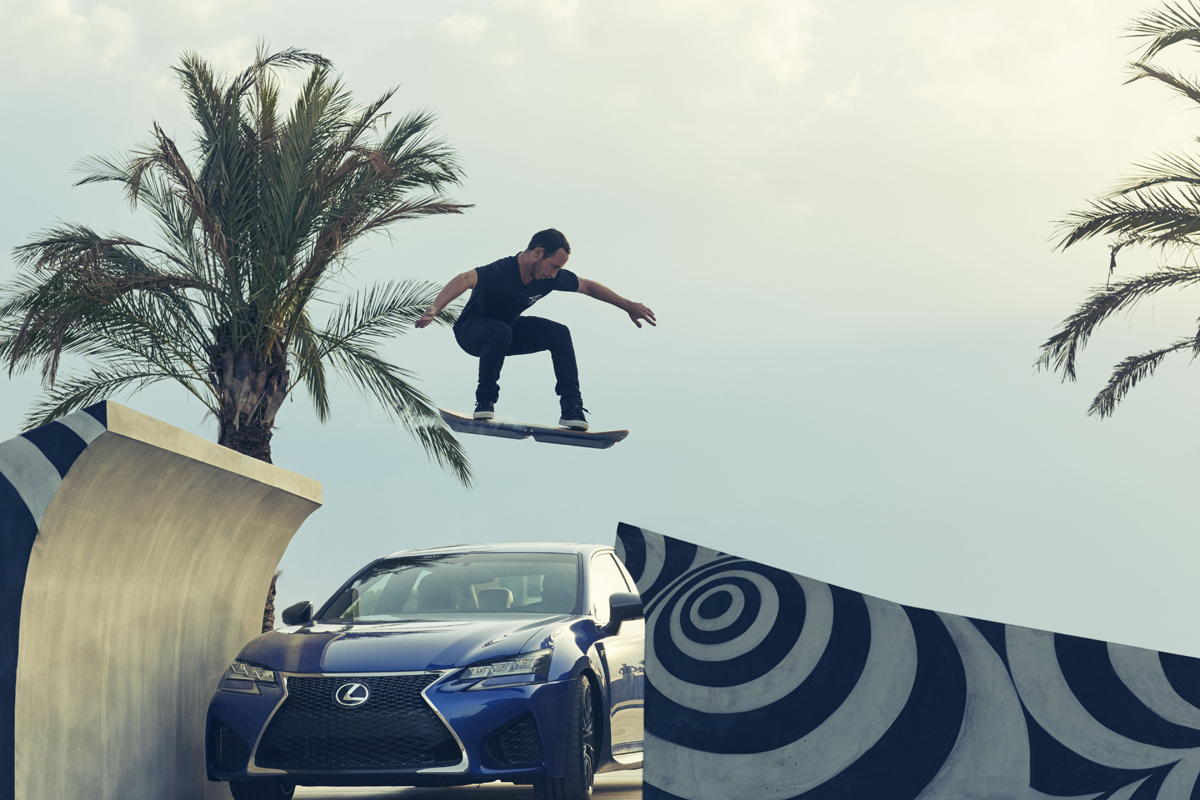Lexus creates hoverboard, channels Marty McFly


Even if you’re not a car nut, you may have heard about Lexus’ experiment to bring a bit of Back to the Future to life. Dubbed project SLIDE, the premium car brand set out to create their version of a hoverboard — and they’ve done it.
To give you some background, here’s the teaser video Lexus released earlier this month:
Creation of the futuristic piece of equipment is a culmination of a year-and-a-half long joint project with scientists from IFW Dresden and evico GMbH, whose speciality is magnetic levitation technology.
Utilizing superconductors, the hoverboard defies gravity by reacting with a matching metallic test track containing powerful magnets. This generates a field that maintains a set distance between the two. The board even leaves a bit of a smoke trail, which is actually liquid nitrogen used to cool the superconductors to a functional temperature of nearly
-200 C.

A floating board wouldn’t be much use without a rider, and to help with its deployment Lexus sought the expertise of 27-year-old professional skateboarder Ross McGouran from London, England.
“I’ve spent 20 years skateboarding, but without friction it feels like I’ve had to learn a whole new skill, particularly in the stance and balance in order to ride the hoverboard. It’s a whole new experience,” said McGouran.

For the final launch, McGouran and approximately 200 metres of the track was transported from the Dresden lab in Germany to Cubelles in Barcelona. There, the track was installed beneath the surface of a hoverpark, constructed with a variety of environments, allowing McGouran to perform visually stunning tricks like flying over water.
SLIDE is the fourth project under the Lexus International Amazing in Motion series, designed to showcase the automaker’s imagination and innovation. Previous endeavours include the Steps television campaign, featuring giant-sized puppets sculpted out of materials used in Lexus vehicles such as exterior paint colours, bamboo and walnut; and Strobe, where performers donned signature spindle-grille-inspired light suits made by in-house engineers, and scaled the rooftops of buildings in Kuala Lumpur, Malaysia.


